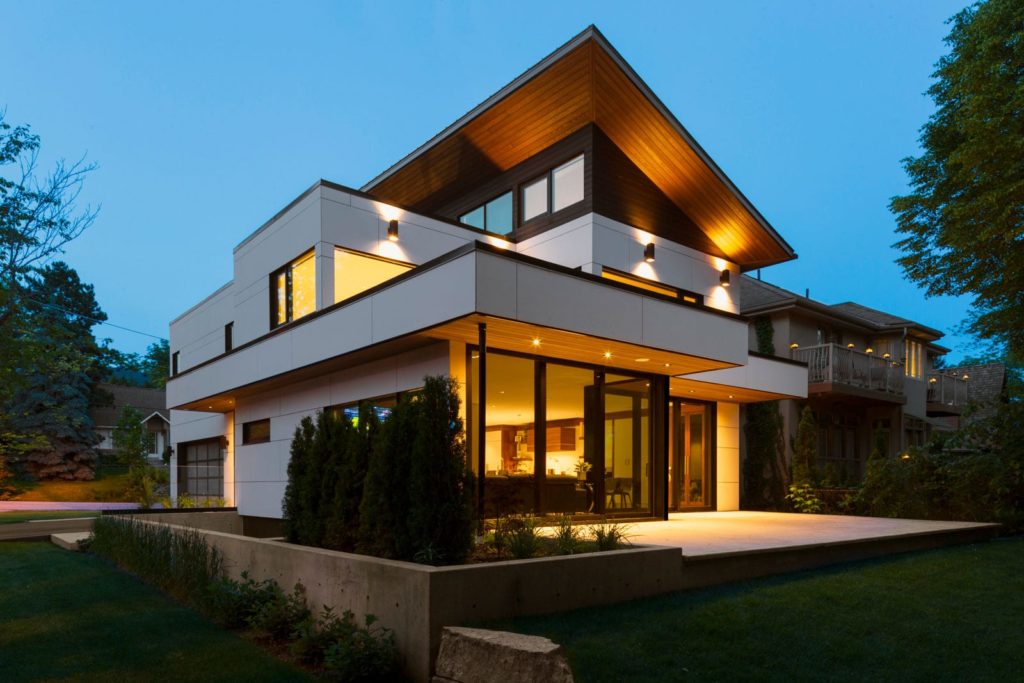
Text provided by the architects
When the clients came to Dewson Architects (DA) to build their environmentally-sensible, legacy home, they couldn’t have picked a better firm to design a home that is both kind to the environment and built to last generations.
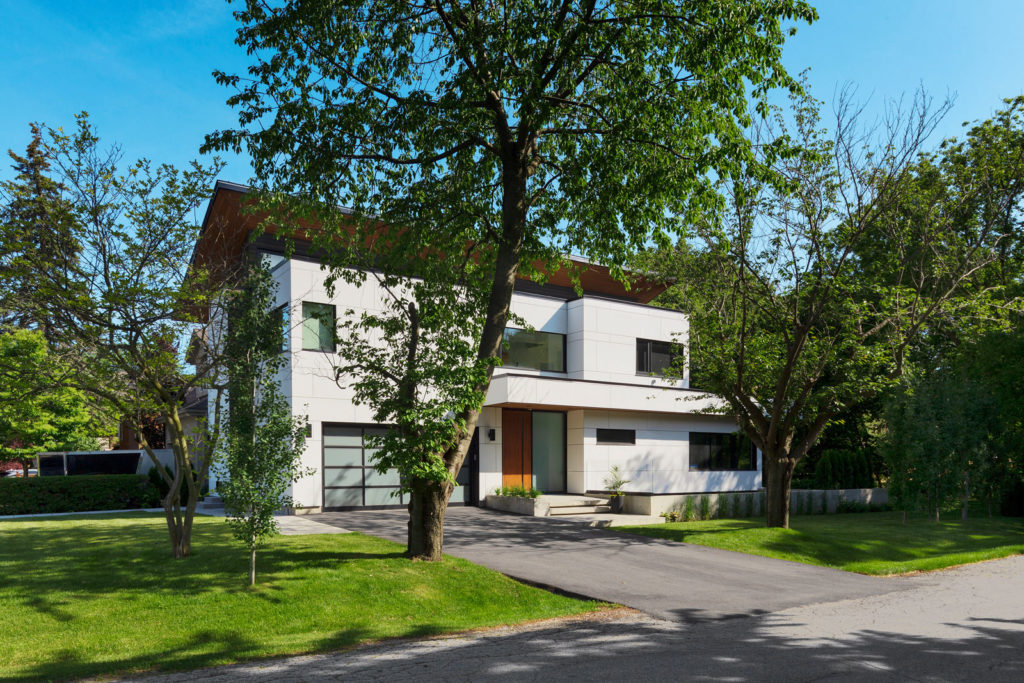
Having had a lot of experience in preserving historical homes in established Toronto neighbourhoods (particularly a number of homes designed by early 20th century architect Hamilton Townsend in Toronto’s Rosedale), The DA team has developed an historically-sensitive and environmentally friendly design process that enables them to give these 100+ year-old homes another 100 year lease on life. In doing so they are breathing into these long-established neighbourhoods a wind of cultural sustainability by finding ways to preserve historically significant homes while keeping them relevant in the 21st century,
Armed with their long-standing experience in Rosedale, they are taking what they’ve learned from renovating and preserving centenarian homes and applying it to 21st-century houses that are designed to last not for decades, but generations. In this case, they’ve navigated the design demands, site constraints, and budget to achieve a balance of incorporating low-energy measures and carry the building into the near & distant future. The building is carefully sited and designed to accomplish a few things:
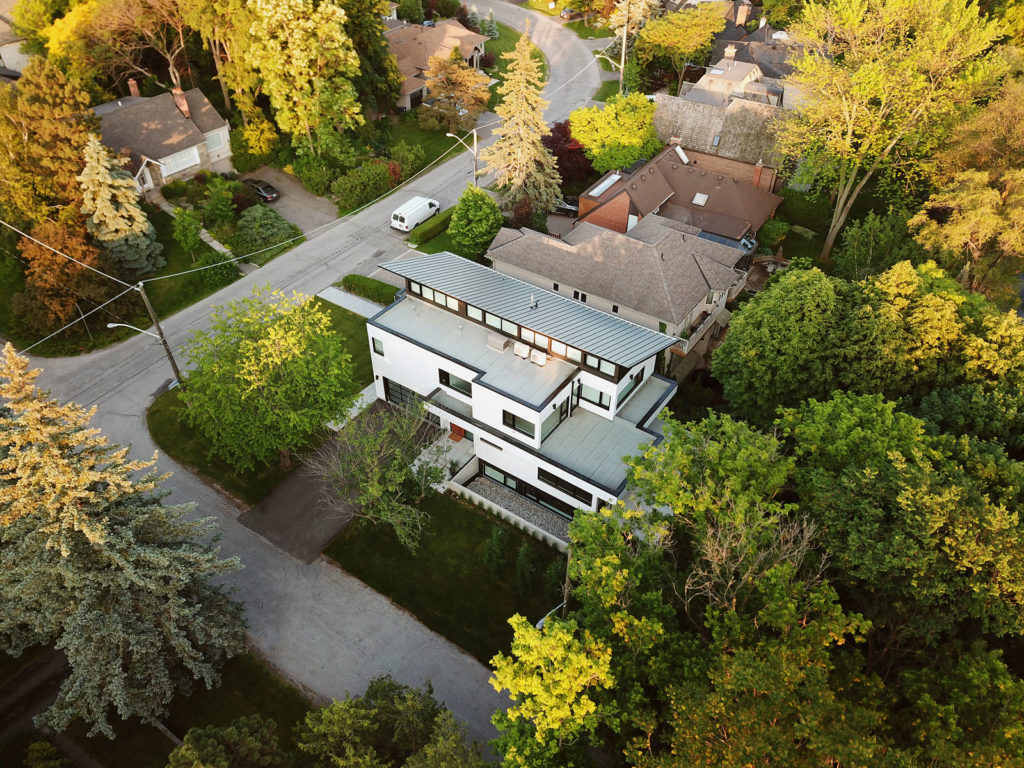
First, lying in a 100-year floodplain and limited by height restrictions, the house had to be designed within upper and lower envelope restrictions, while accommodating extreme floods. Dewson architects ended up designing a waterproof concrete “bathtub” at the basement level that would prevent the house from flooding, even during extreme events. This concrete tub is anchored in the bedrock to prevent it from floating up during a flood.
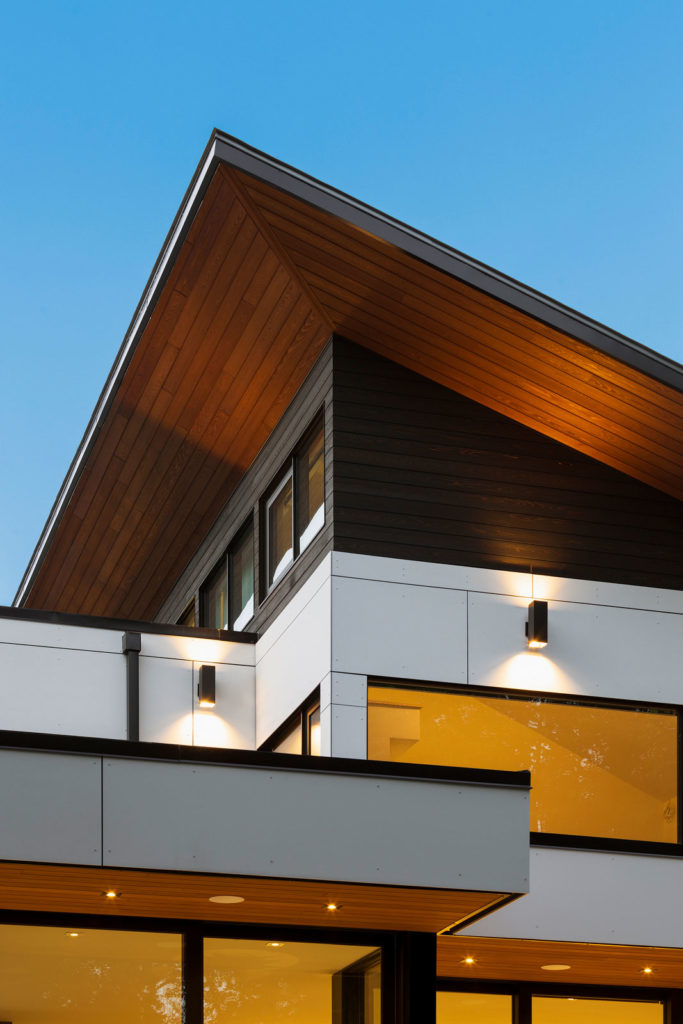
Second, the envelope was designed with energy-efficiency in mind. It has a high level of air-tightness, with an emphasis on being very well insulated while eliminating all thermal bridging, i.e. any energy leakage (heat or cold depending on the season) through the roof and wall assemblies.
Lastly, the building was future-proofed to allow new energy-saving measures to be implemented. Specifically, the main roof was oriented south-southwest to permit the future installation of solar panels as they become more efficient to further reduce the energy footprint of the house, thus reducing the energy baseline throughout the seasons.
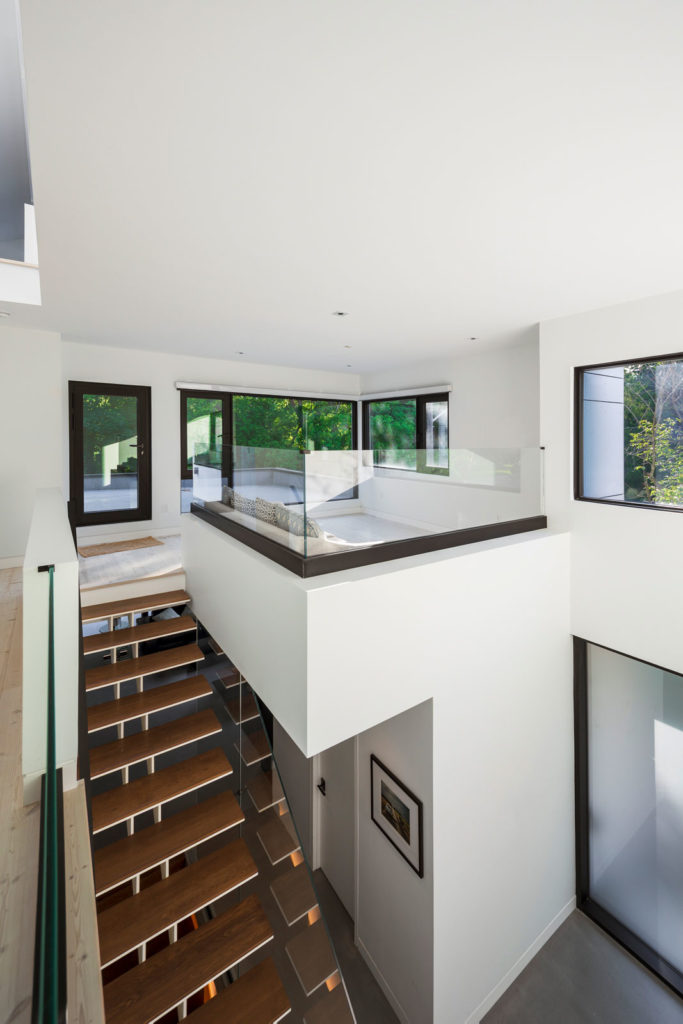
Not only is it a beautiful home designed for a family of four, to accommodate their changing needs as the kids grow up, but to do so in an environmentally sensitive manner. It also contributes to the cultural fabric of the city, taking every precaution to provide current and future owners with a future-proof dwelling. It is also proof that good design is inherently valuable as the house was appraised post-construction as being worth several hundred thousand dollars more than the total cost of construction, demonstrating that smart design is a great investment for the city, homeowners and the architects alike.
Project Credits:
Contractor: Day Custom Homes
Structural Engineering: Engineering Link
Building Envelope and Mechanical Engineering: RDH Building Science
Lighting: Dark Tools
Geotechnical: Terraprobe
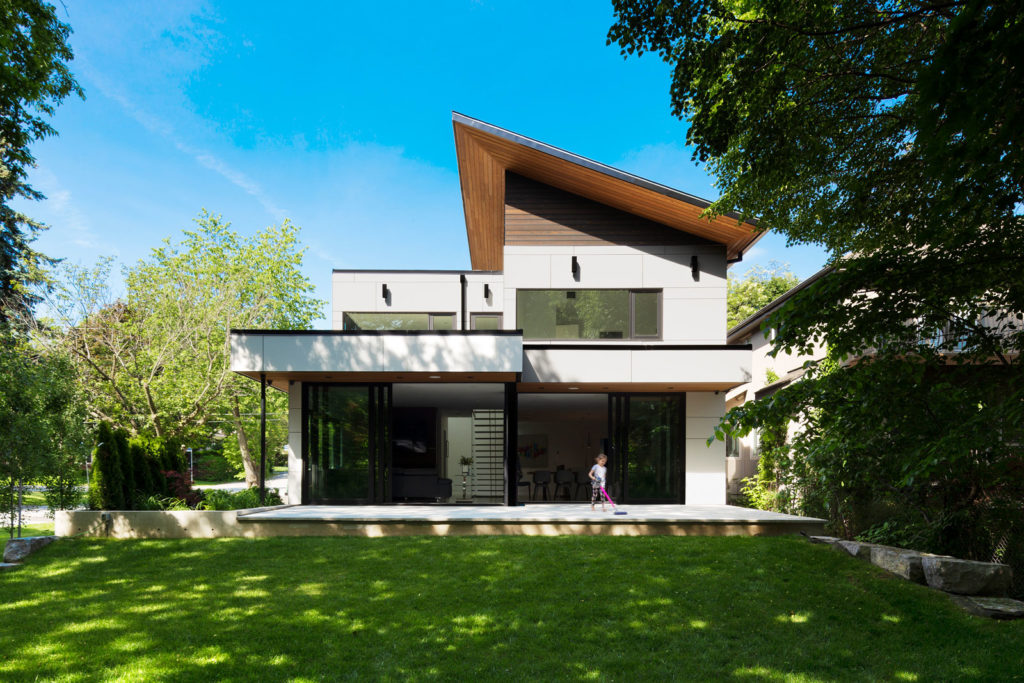
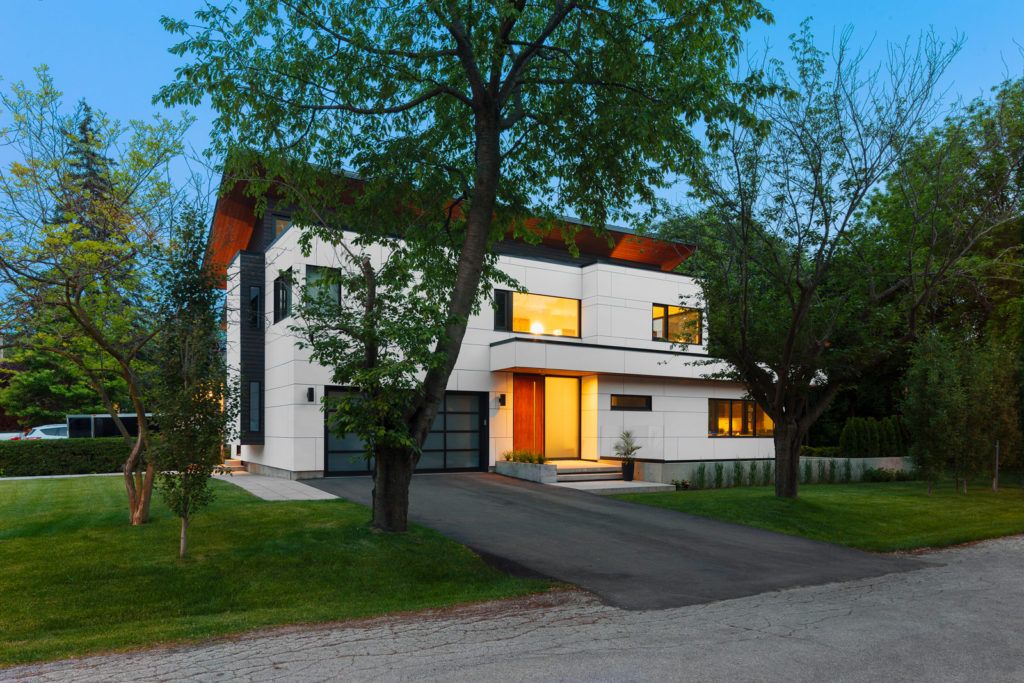
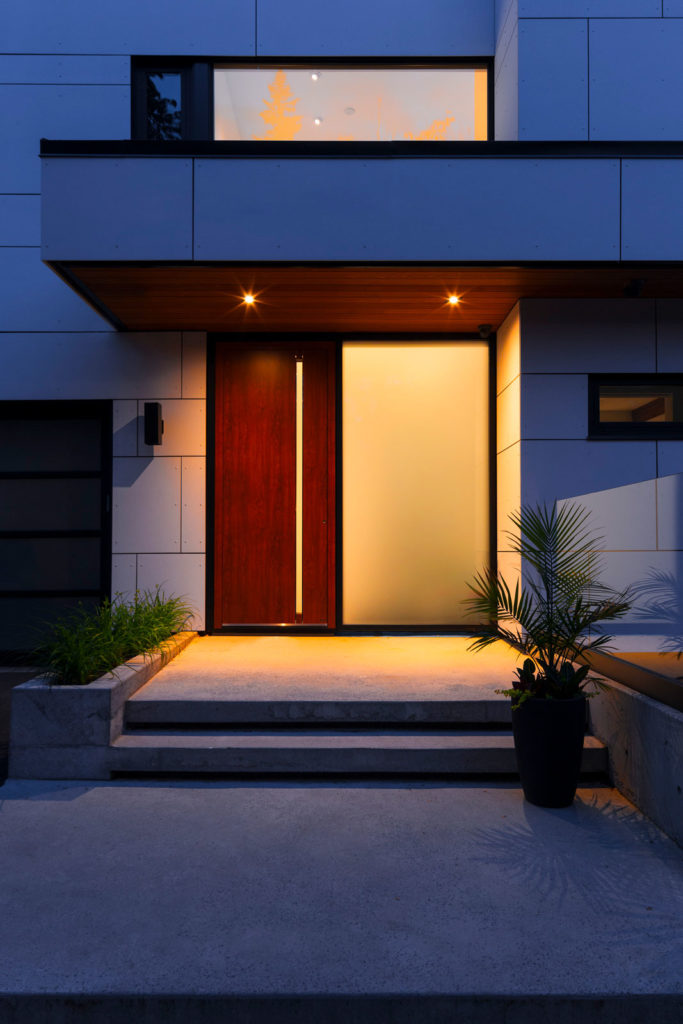

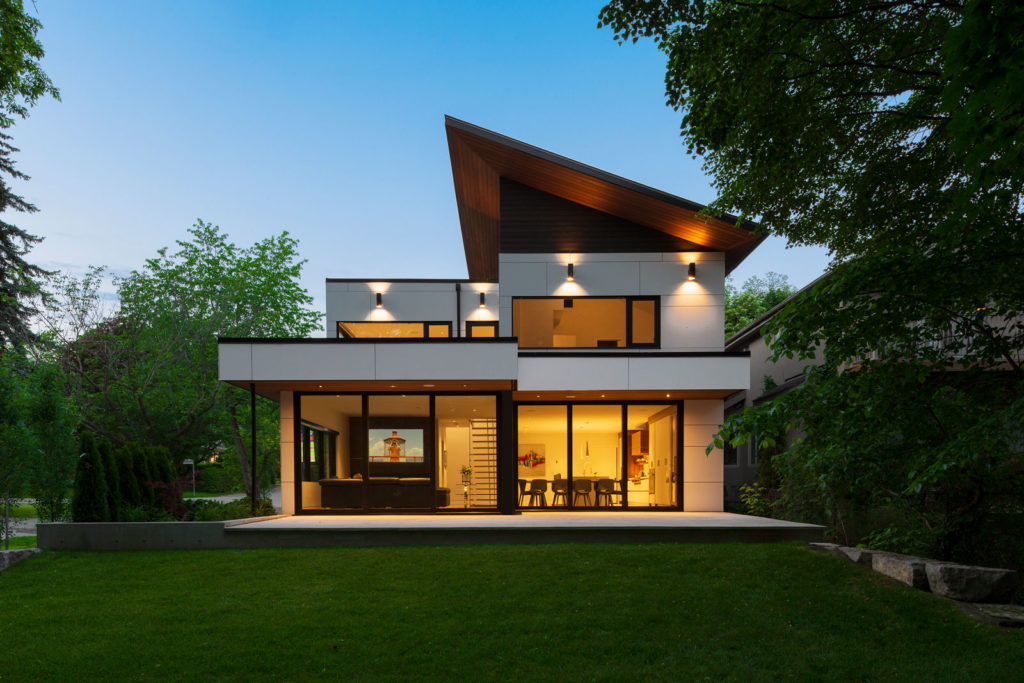


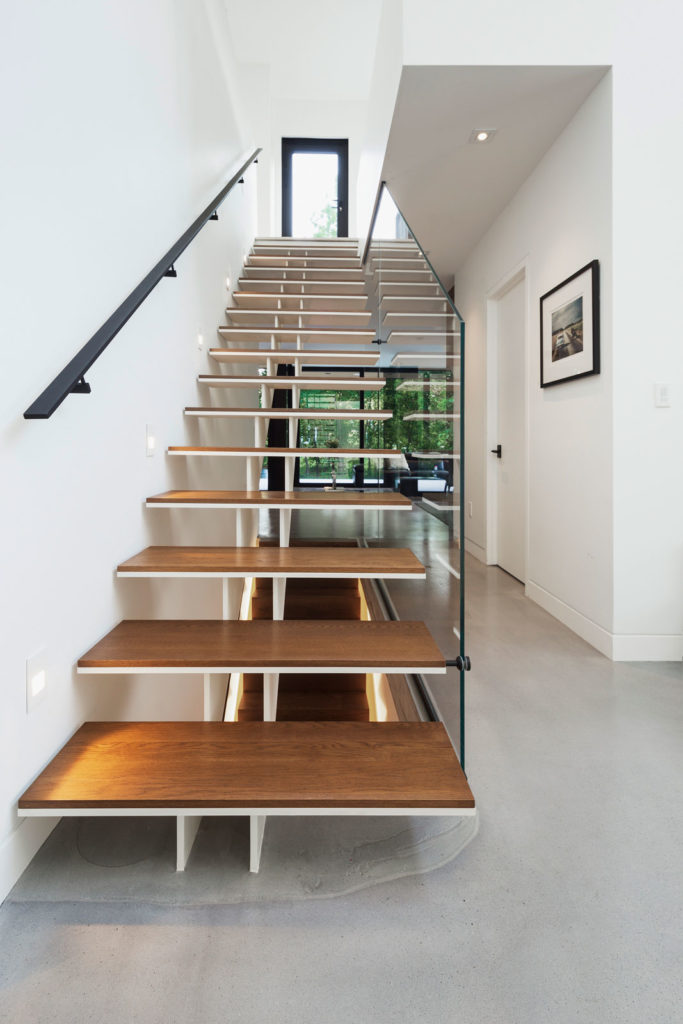
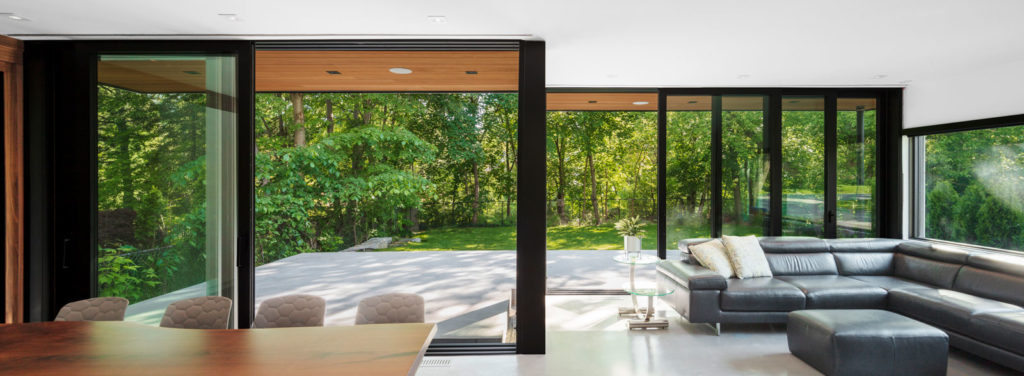


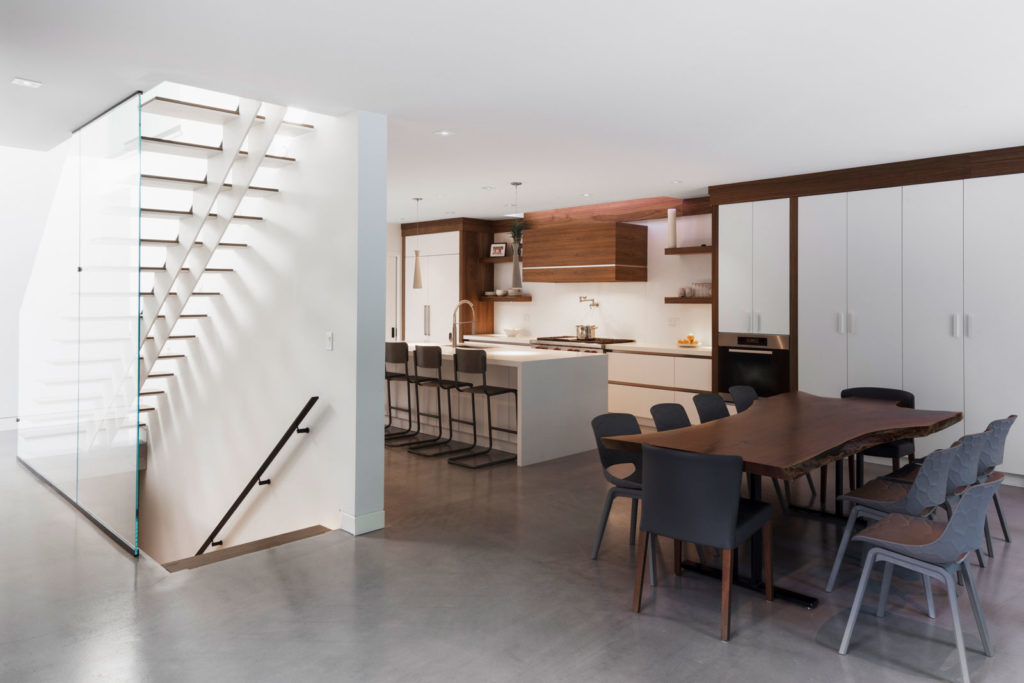

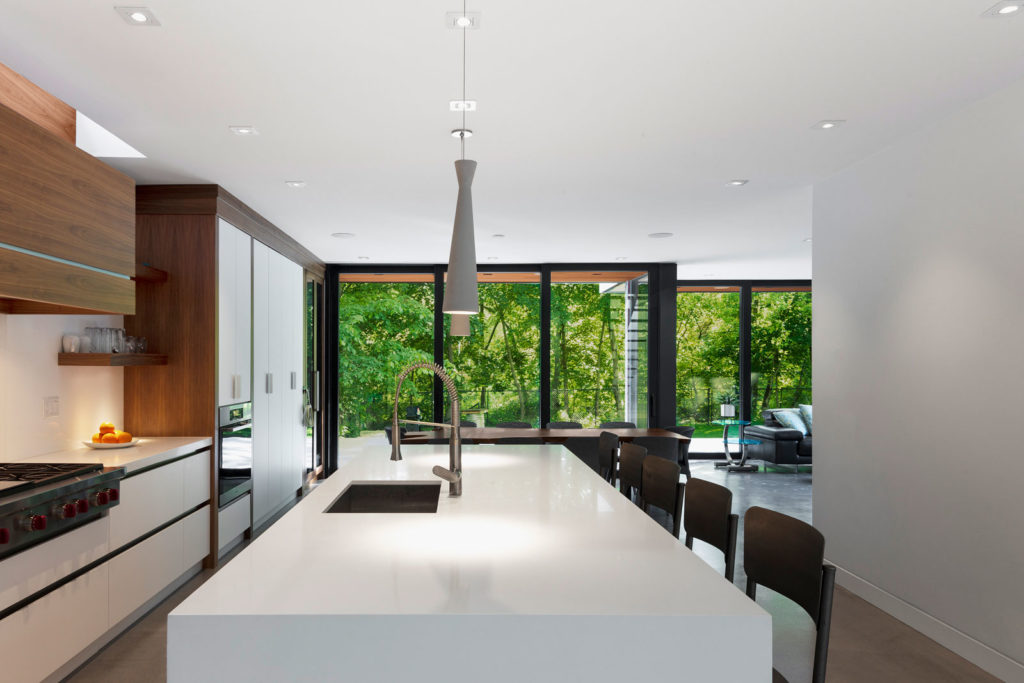
comments